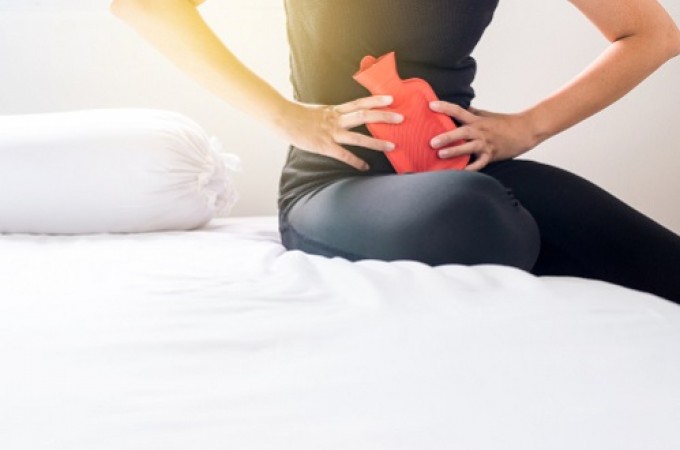
Winter is a season of cozy blankets, hot cocoa, and chilly evenings. However, for many individuals, it also brings about a seasonal visitor that isn't as warmly welcomed – period pain. The age-old belief that menstrual discomfort escalates during the colder months has been a topic of debate for years. Let's dive into the research to decipher the truth behind this common myth.
It's a narrative that has been passed down through generations – the idea that when the temperature drops, so does the threshold for menstrual agony. Many swear by the connection between winter's chill and an increase in the intensity of period pain. But is this assertion grounded in scientific reality, or is it merely a winter myth that refuses to melt away?
Research suggests that while there is anecdotal evidence supporting the notion of heightened period pain in winter, there is limited scientific backing for a direct correlation between the two. Temperature alone may not be the sole culprit influencing menstrual discomfort.
Experts posit that the perception of increased pain during winter may be linked to a variety of factors, including changes in physical activity, dietary habits, and exposure to sunlight. Seasonal affective disorder (SAD), commonly known as the winter blues, could also play a role in amplifying the perception of pain.
Menstrual pain, scientifically known as dysmenorrhea, is primarily driven by hormonal fluctuations. The menstrual cycle's intricate dance of hormones can be influenced by a myriad of factors, but the evidence connecting it directly to winter weather remains inconclusive.
Some studies suggest a potential link between vitamin D levels and menstrual pain. With sunlight exposure often reduced in winter, the body's vitamin D synthesis may decline, potentially impacting pain perception. However, more research is needed to establish a definitive connection.
Psychological factors can't be overlooked when discussing period pain. The power of expectation and the influence of cultural narratives may contribute significantly to the perception of increased pain during specific seasons.
Cultural beliefs and societal expectations can shape our experiences and interpretations of pain. The cultural narrative associating winter with discomfort might contribute to the perception of heightened period pain during the colder months.
While individual experiences may vary, the scientific community remains skeptical about a direct and universal link between winter and increased period pain. It's essential to critically evaluate personal experiences and consider the broader scientific context.
Not everyone experiences menstrual pain in the same way. Factors such as genetics, overall health, and lifestyle choices can contribute to significant variations in how individuals perceive and manage period discomfort.
Engaging in regular physical activity, even during the winter months, can have positive effects on menstrual pain. Exercise helps release endorphins, which act as natural pain relievers.
A nutrient-rich diet, including foods high in omega-3 fatty acids, antioxidants, and vitamin D, may contribute to overall menstrual health. Consultation with a healthcare professional can provide personalized dietary recommendations.
Practicing mindfulness, meditation, and other mind-body techniques may help manage stress and improve overall well-being, potentially impacting the perception of menstrual pain.
As we unravel the complex tapestry of menstrual pain and its perceived connection to winter, it becomes evident that the truth is not a one-size-fits-all scenario. While cultural narratives and personal anecdotes persist, scientific evidence calls for a more nuanced understanding of the factors influencing period discomfort.
In the end, the intensity of period pain is a subjective experience, shaped by a multitude of biological, psychological, and cultural factors. Rather than attributing it solely to the winter chill, a holistic approach that considers individual variability and overall well-being is essential.
Remember, the journey through winter and menstrual cycles is unique for everyone. Embracing the diversity of experiences and seeking personalized strategies for menstrual wellness can lead to a more empowered and informed approach to managing period pain.
Good News for Railway Passengers! Waiting Ticket Issue to be Resolved Soon with Railways' New Plan
Banaras-Sambalpur Express Train Now Extends Its Route to Vizag
Deep Easterly Wave to Bring Heavy Showers to Kerala and Tamil Nadu